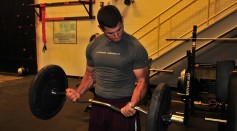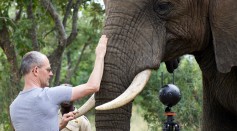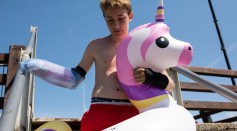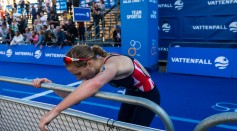muscles

Cambridge Researchers Develop Mathematical Model Predicting Optimum Exercise for Skeletal Muscle Buildup

Swiss Experts Examine Elephant’s Biomechanical Trunk Flexibility Through LOTR and Avatar 3D Camera

Bioengineered Hybrid Fibers Could Assist in Skeletal Muscle Regeneration

Japanese Researchers Found Out How the Brain Paralyzes Muscles While in REM Sleep

Feeling Nauseous After An Exercise? Here's Why
Clinical Analysis Reveals drug Slows down Respiratory Decline
Exercise May Have Different Effects Depending on the Time of the Day
Flexing Some Muscle—How Onions May Be The Next Endeavor in Biomedical Engineering
New Years' Resolution: Study Shows Imagining Exercise May Make You Stronger
Wearable Robotics That Are a Walk In the Park
Most Popular

How Technology Is Changing the Real Estate Industry?

How a Plant-Based Diet Can Protect Against Breast Cancer: Insights from Nutrition Research

Study Reveals High Turnover in Scientific Research Careers: What This Means for Future Scientists

Why It's So Difficult to Lose Weight: The Biological Explanation Behind Obesity





